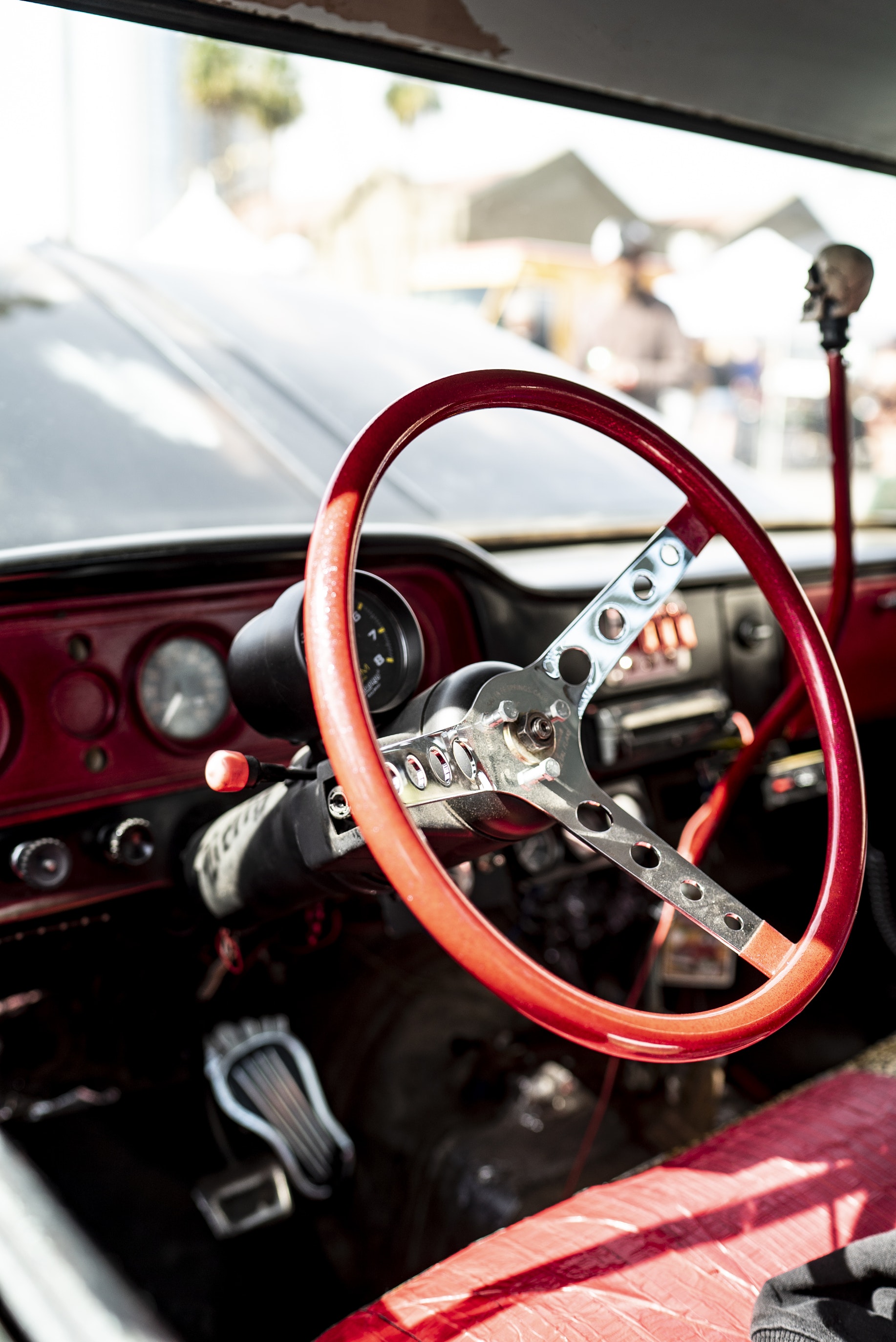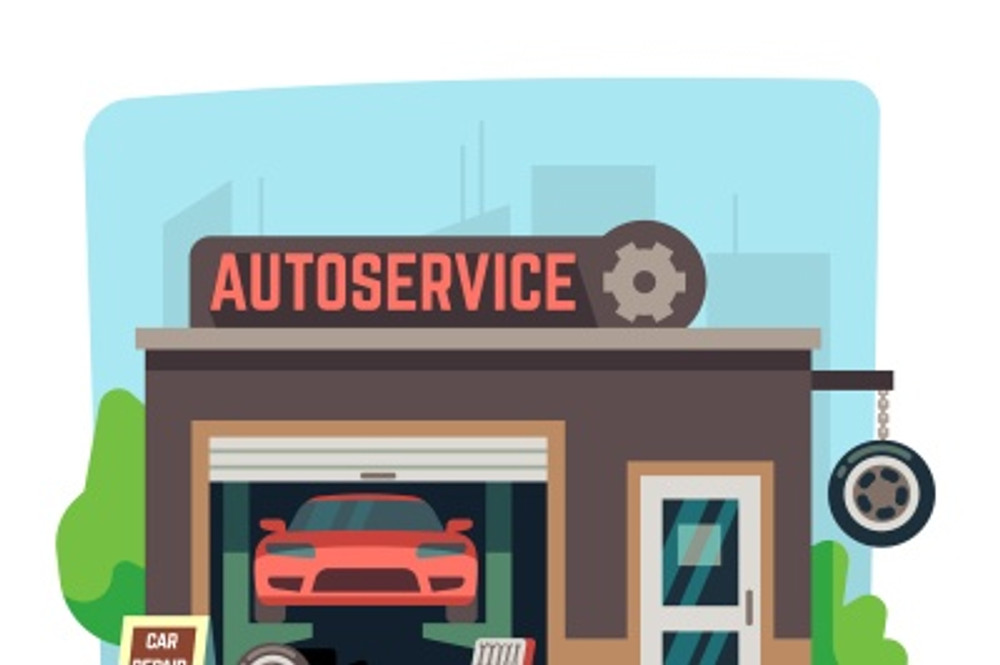What to Consider When Starting an Auto Restoration Hobby
Posted by Juan E. Chavez on 21st May 2019
A Passionate Drive: What You Need to Know When Starting an Auto Restoration Hobby

There’s a magnetic quality to classic cars that just draws your eye – and heart – to them. A recent study on the classic car fascination of young Italians showed that people like classic cars because of sheer passion for them. Like old watches, vintage automobiles evoke a sense of exclusivity and luxury. One of the interviewees in the study even described it as “owning a piece of history.”
The work that goes into restoring a car to near-mint condition also makes it popular. Nostalgia is another essential factor, because, going back to the watch analogy, it’s driven by media stereotypes of people passing on their cars to their children as a legacy. The researcher interviewed over 49 classic car enthusiasts who participated in a vintage auto convention.
According to the Johns Hopkins University Press, car restoration started in the 1890s when cars were refurbished to help owners get more mileage out of them. It included swapping old ignition and lubrication systems for newer ones and repainting them to look like new.
Refurbishing vehicles was also the strategy of dealers to improve models that didn’t sell as well as the rest. It started to become a hobby in the 1950s, with various publications like Motorsport and Motor Trend dedicating their content to auto restoration. People began to dive into junkyards for scraps and 50s Cadillacs and Chevrolets in the 1970s, and the rest is history.
Whether you’ve inherited your classic ride from your parents, or you found one online or in a junk shop for cheap, there’s a lot to learn and buy before you can restore your vehicle to its former glory. Here are some things to help you get started on your auto restoration hobby.
List Everything Down
You can do inspections on your own by printing a catalog of your car’s parts and checking them individually. Check the major components, such as the engine, for any leaks and corrosion. List down any imperfections on the exterior. However, leave the interiors to a professional. Take the automobile to a repair shop for a full diagnosis. Once you know the problem points, you can then scout for parts online. The classic car database has a directory of dealers, companies, and individuals who sell vintage parts.
Invest in the Right Tools
 When you
get the parts you need, you can have them installed by a professional, or you
can attach some minor parts on your own. To do this, however, you’ll need the
right equipment like a Baileigh Industrial Bead Roller, pipe benders,
sheet metal, and more. Ask your local restoration professional about
customizations that you can make by yourself. One of the joys of auto
restoration is making your vintage car your own.
When you
get the parts you need, you can have them installed by a professional, or you
can attach some minor parts on your own. To do this, however, you’ll need the
right equipment like a Baileigh Industrial Bead Roller, pipe benders,
sheet metal, and more. Ask your local restoration professional about
customizations that you can make by yourself. One of the joys of auto
restoration is making your vintage car your own.
Don’t be Afraid to Ask for Help
Apart from asking auto restoration professionals for help, you should also enlist the help of family members and friends who share the same hobbies and passion projects. Painting, buffing, or even just passing tools around are great bonding activities for gear monkeys like you.
Car restoration is no ordinary project. It requires a lot of time and effort to search the right parts and install them. You also need to spend some cash to buy quality equipment. It will all be worth it, however, when you hear the roar of your vintage engine for the first time.
Get the Best Auto Equipment
 When
working on your car restoration project, you'd want to use the best equipment.
Here at JMC
Equipment, we provide a complete line of high-quality auto equipment for
an affordable price. Our decades of experience have given us the expertise that
our customers continue to trust.
When
working on your car restoration project, you'd want to use the best equipment.
Here at JMC
Equipment, we provide a complete line of high-quality auto equipment for
an affordable price. Our decades of experience have given us the expertise that
our customers continue to trust.
From passenger vehicles to heavy-duty trucks, you can find the right equipment here at JMC Equipment.
Contact us today to get your project started.
Don't forget to follow us on social media
Instagram: @jmcautoequipment
Facebook: @JMC Automotive Equipment

